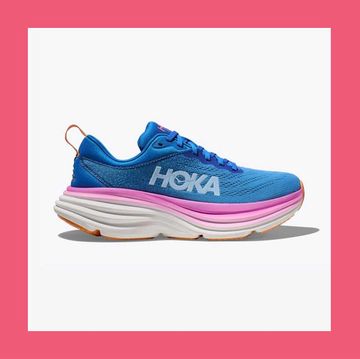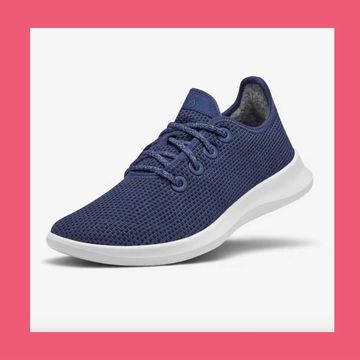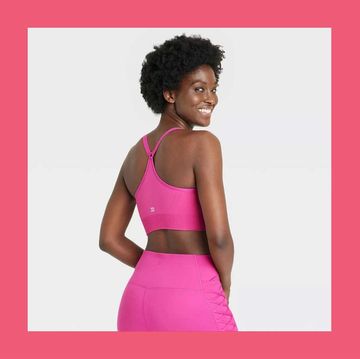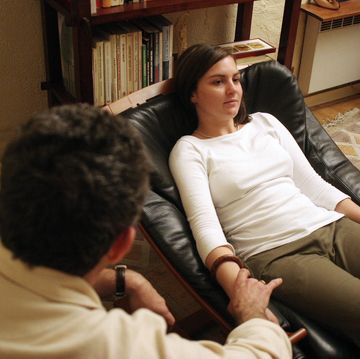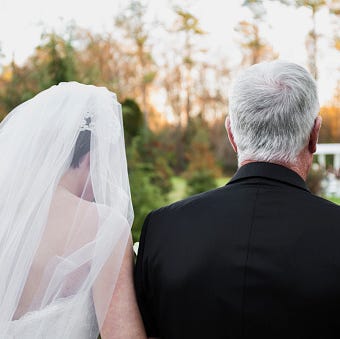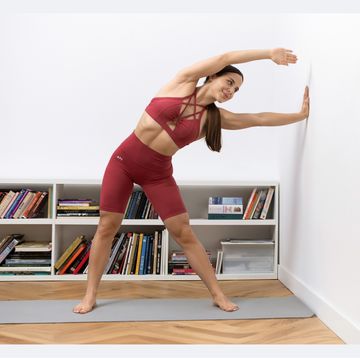You waited all year for summer to arrive, dreaming of all the activities you could do if only the weather was nice. But now that warm weather has arrived, the extreme heat and humidity can make it difficult to spend any time outdoors—let alone exercise. While exercising in the heat is generally safe for most people, taking a few extra precautions will help you stay cool and prevent problems associated with the heat.
Danger Signs to Watch For
Normally, your body cools off as sweat evaporates from your skin. But when heat and humidity rise, that sweat can't evaporate as quickly. The combination of hot weather, high body temperature and exercise can be dangerous and even deadly.
Heat exhaustion can occur when your body gets too hot, resulting in physical symptoms like weakness, muscle cramps, dehydration, dizziness, confusion, rapid heart rate and headache. Staying hydrated and getting out of the heat can help prevent and treat heat exhaustion. If left untreated, heat illness can worsen, causing symptoms like confusion, unconsciousness, vomiting, troubling breathing, and skin that feels hot and dry (a sign that the body isn't sweating). These are signs of heat stroke, which is deadly and requires immediate medical attention.
But you don't have to give up exercise just because it's hot outside. These 13 tips will help you beat the heat.
1. Get your doctor's okay. If you are new to fitness or taking any medications, check with your health care professional before exercising in the heat. Newcomers to exercise will be more sensitive to the heat, and some medications can impair your body's ability to regulate temperature.
2. Wear "wicking" fabrics. While cotton is comfortable, it doesn't wick away moisture very well. Choose a loose-fitting polyester/cotton blend instead, or synthetic fibers designed especially for wicking during exercise.
3. Protect your skin. Apply sunscreen with SPF 15 (or higher) to prevent sunburn—even on cloudy days. Use an oil-free formula that won't interfere with your body's ability to cool itself down and select a sweat-proof variety to prevent sunscreen from irritating your eyes. Clothing with tight weaves, sunglasses, and a lightweight hat with a brim can also help block the sun's harmful rays.
4. Drink often. Hydrate your body before, during and after your workout by carrying cold water and drinking it often. Switch to a sports drink with electrolytes if you will be exercising for more than an hour.
5. Perfect your timing. Sun, humidity and pollution levels are most intense during the day, so you're at greater risk for dehydration, sunburn and heat exhaustion during this time. To minimize the effects of the weather, work out in the early morning (before 10 a.m.) or late evening (after 7 p.m.).
6. Check air quality. Before you head outside, get current reports online or on your local radio station. Lower your exertion (intensity) level during physical activity on days with extreme heat and high smog. This dangerous weather warrants easy walking, relaxed cycling or light gardening instead of vigorous exercise.
7. Acclimate to the heat. Even the fittest people can have trouble exercising when it's hot and humid. Start by exercising in the heat for only a few minutes each day and gradually increase the amount of time you can tolerate outdoors.
8. Seek shade. Parks, trails and other tree-lined areas can help you stay cooler than direct sunlight.
9. Monitor your heart rate. If your intensity level rises above your target range, slow down or stop to avoid further stress.
10. Listen to your body. If you notice any symptoms of heat illness (see "Danger Signs to Watch For" above), stop your workout. It's not a good idea to "push yourself" in extreme heat. If you feel bad, use common sense and discontinue your workout.
11. Know when to stay inside. If temperatures climb above 90 degrees Fahrenheit, take your exercise in an air-conditioned environment, such as the gym or shopping mall.
12. Avoid extreme temperate changes. Don't go from blistering outdoor heat to a shockingly cold air-conditioned building. Try to cool yourself down gradually before exposing your body to cooler temperatures.
13. Take a dip. Water exercise is a great alternative in hot weather. Water keeps your body cool and reduces how difficult you perceive your workout to be. Be sure to drink plenty of water even while swimming to ensure that you are properly hydrated.
Hot weather isn't the time to take risks. Even healthy people should take it easy in extremely high temperatures and everyone should understand how to exercise safely and effectively at the height of the season. Summer brings many fun and exhilarating opportunities to get outside, so enjoy yourself!
This article has been reviewed and approvied by Jen Mueller, Certified Personal Trainer and Nicole Nichols, Certified Fitness Instructor.
Related Articles from SparkPeople.com:







